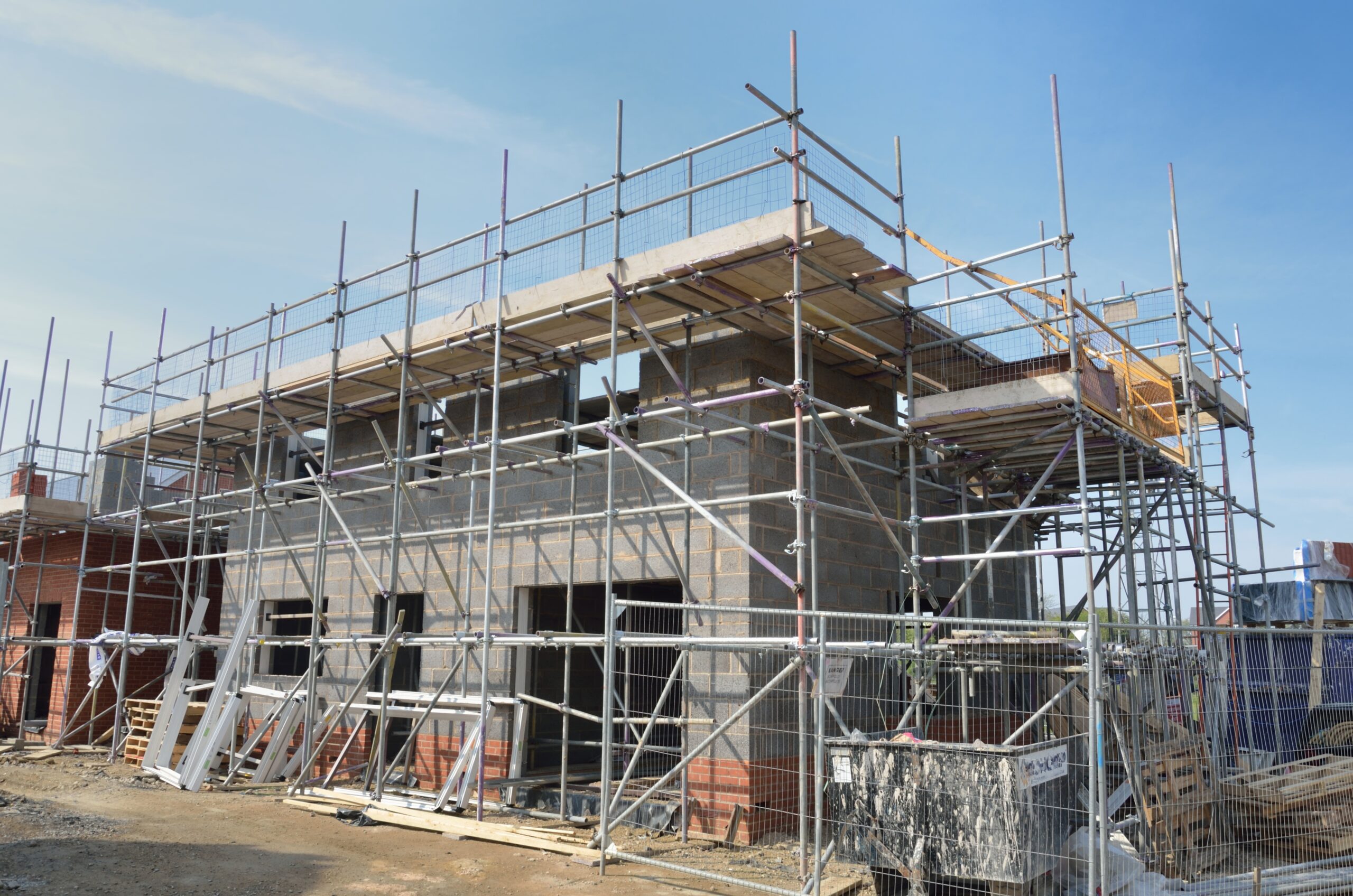What is an Illinois Mechanics Lien Claim?

This is the first post in a series aimed to provide a general overview of mechanics liens and related rights under Illinois law. We will first look at what exactly a lien is, then we will look at who is entitled to file a lien, next we will examine what is required in order to assert a lien claim, then we will review the steps needed to perfect and enforce a lien claim and finally we will touch upon specific issues that occasionally arise that might affect your lien rights.
So what is a mechanics lien? Mechanics liens in Illinois are governed by the Illinois Mechanics Lien Actwhich can be found at 770 ILCS 60/1, et seq. A lien is essentially an intangible right in real property. It acts as a cloud on the owners’ title and prevents the owner from selling or refinancing the property until the lien claim is resolved. A mechanics lien claim is recorded in the office of the county recorder of deeds in which the real estate is located in. A mechanics lien claim can provide leverage and security for payment especially when your customer is slow to pay or lacks the funds to do so. The deadline to record a mechanics lien is four months after the claimants last date of furnishing. Subcontractors also need to serve an additional notice to the owner within 90 days of their last date of furnishing.
Sometimes title companies will allow a general contractor or even a property owner to provide a bond or other insurance to cover a subcontractor’s lien claim. However, there currently is no mechanism under Illinois law which allows a party to “bond over” a lien claim. The lien claim will always remain and the contractor will always have all rights under the Mechanics Lien Act including the right to enforce the lien claim and foreclose upon the real estate.
It is important to note that mechanics liens can only be recorded against privately owned projects and not government owned projects such as public schools, city parks, libraries, or other municipal facilities.
However, subcontractors who are unpaid on public projects have different remedies. They are able to file a lien against the funds owed from the public entity to the general contractor pursuant to Section 23 of the Illinois Mechanics Lien Act (770 ILCS 60/23). This is also commonly referred to as a “trapping lien” and no claim is asserted against the actual real estate. Upon receipt of the notice of claim, the public entity is required to hold funds claimed to the extent it still has them. Furthermore, for most public projects, the general contractor is required to provide a payment bond under the Illinois Public Construction Bond Act, 30 ILCS 550/1, et seq. Subcontractors can also assert and enforce claims against these payment bonds togrethet with their claims against the public funds. Claims against bonds must be submitted within 180 days of the claimant’s last date of furnishing.
Liens against private or public projects have very short deadlines upon which to act and you should consult with an attorney as soon as you are anticipating payment issues from your customer.
This concludes our first installment on mechanics liens. Our next post will define the parties entitled to assert lien claims against private and public projects and the requirements that need to be met in order to do so.
Mark B. Grzymala
mark@grzymalalaw.com
